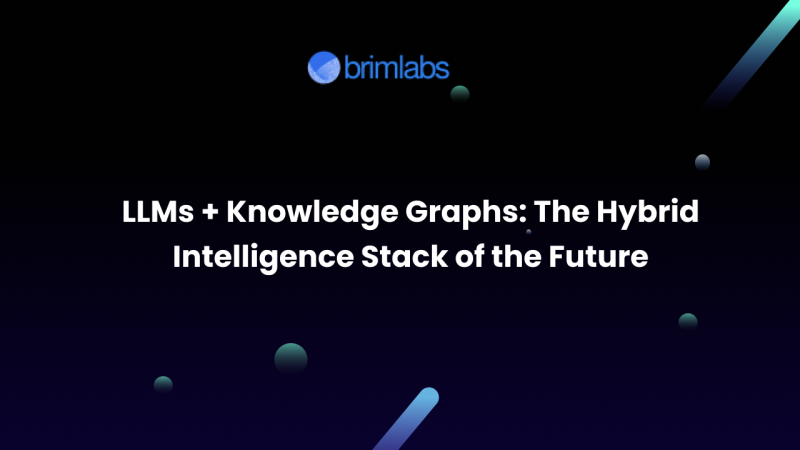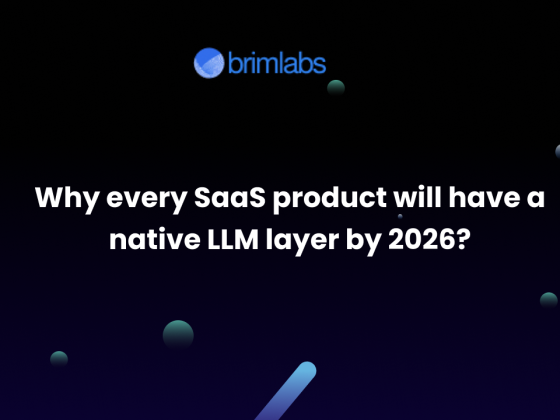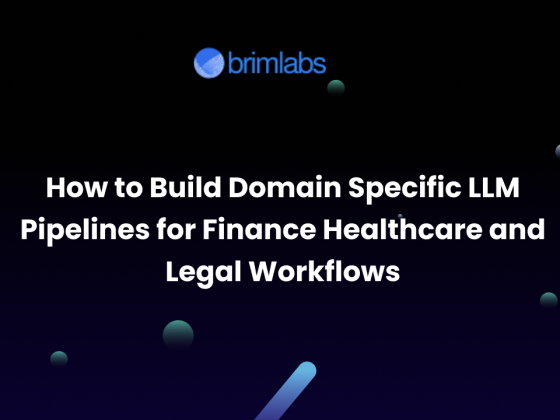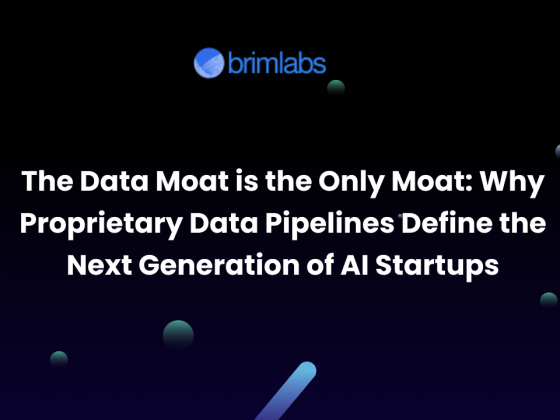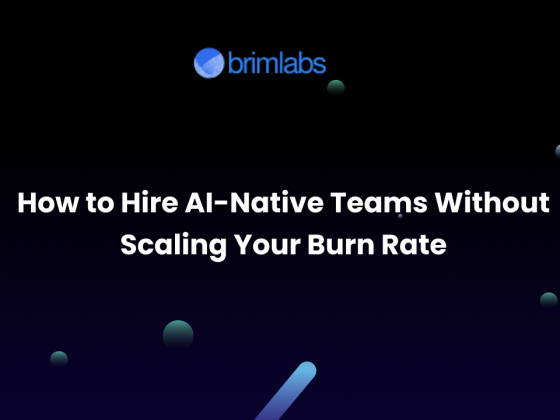The race to build intelligent software has entered a new stage. For the last three years large language models have dominated the imagination of builders and investors. They showed the first real glimpse of general language understanding at scale and they unlocked use cases from code generation to medical summarization to sales automation. But the more they are deployed in real products the clearer one thing becomes. On their own they are not the end state. The future belongs to hybrid systems that combine the generative fluency of LLMs with the precision structure and canonical truth of knowledge graphs. This is not a small architectural tweak. It is a fundamental shift in how intelligent systems will be designed in the coming decade.
Why pure LLM systems hit structural limits
Even the strongest models inherit three constraints that cannot be trained away
• Hallucination they optimize coherence not factuality
• Opacity no exposed chain of factual support breaks trust and audit
• Context fragility no native schema or memory forces token heavy prompts
These are not fixable through more training. They are structural consequences of how LLMs work.
What knowledge graphs supply that LLMs cannot
A knowledge graph encodes truth as first class structure. Four properties make graphs irreplaceable
• Explicit semantics rather than surface co occurrence
• Logical rigor from rules and constraints
• Explainability through inspectable subgraphs
• Updatable truth without retraining a model
Graphs assert what is true and why it is true.
How the hybrid stack works conceptually
Hybrid systems separate concerns across three loops
• Truth loop curate normalize and version domain knowledge as a graph
• Reasoning loop run graph inference and rule checking to derive valid answers or plans
• Language loop use the LLM to translate intent into queries and to express answers in natural language
The LLM narrates and orchestrates. The graph anchors reality.
Why this matters more as AI shifts from chat to action
AI is moving from assistants to agents that execute work. That requires guardrails that are not aesthetic but semantic and enforceable. Knowledge graphs act as machine readable guardrails for agent safety.
Domains that will transition first
Hybrid intelligence will land fastest where correctness is not negotiable
• Capital markets and treasury
• Healthcare delivery and payer operations
• Insurance and claims
• Governance risk and compliance
• Enterprise contracts and procurement
These are large regulated surfaces.
Product consequences once graphs sit under LLMs
• Persistent business memory across sessions
• Explainable answers with graph cited evidence
• Safe autonomy by dry run validation against the graph
• Composable evolution through graph updates not model retrains
• Regulatory readiness through provenance not prose
• Better economics by storing meaning outside token windows
Implementation patterns appearing in practice
• Ingestion and normalization from text and events into entities and relations
• Graph store becomes canonical source of domain truth
• Bridge layer where LLMs generate queries and explanations
• Execution layer consumes graph backed validated decisions
• Feedback loop writes corrections back as new graph facts and rules
This pattern repeats across finance, health insurance supply chain and legal.
Why this is not a fashion cycle
Bigger models increase narrative fluency but do not solve epistemic transparency. Mission critical software needs structure not only prediction. Regulation and factual risk do not relax when models improve.
The strategic advantage of building graph backed AI now
Teams that encode their domain as a graph build something competitors cannot copy with access to the same foundation models. Proprietary graphs compound into a moat of truth memory and explainability fed by real usage and edge cases over time.
What this means for founders and CTOs
• Prompt engineering alone is insufficient for enterprise AI
• Knowledge engineering becomes a core skill surface
• Ontology design and agent safety must sit beside LLM orchestration
• Without explicit structure products degrade into eloquent demos instead of production systems
Conclusion
This hybrid future is already shaping the architecture of AI in domains where correctness and auditability are first class. LLMs bring fluent language reasoning and orchestration. Knowledge graphs anchor, they constrain and they explain. Together they form the next intelligence stack capable of safe autonomous and accountable AI.
Brim Labs designs and ships systems on this hybrid pattern for teams that require intelligence that can act safely with audit backed trust.

